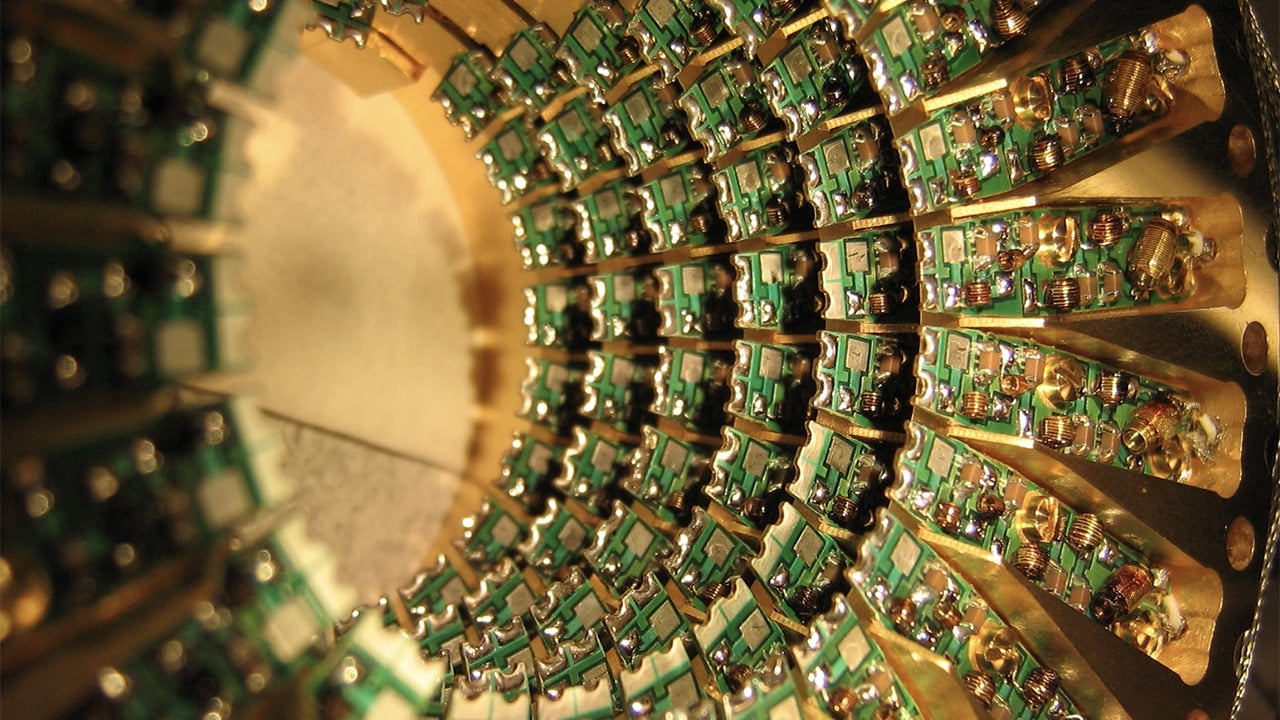
Photo by Steve Jurvetson, From flickr
Quantum Dots Offer Potential for a Secure Internet
Researchers from Leibniz Universität Hannover (LUH), Physikalisch-Technische Bundesanstalt (PTB), and the University of Stuttgart, recently published a new method for secure communication in the quantum age. Their innovation utilizes semiconductor quantum dots and quantum key distribution (QKD) to enhance how sensitive information is shielded from cyber threats.
According to Phys.Org, traditional encryption relies on complex mathematical algorithms. However, with the rise of quantum computers, these methods are becoming increasingly vulnerable. This is because quantum computers can potentially crack these algorithms much faster than regular computers.
The German research team, led by Professor Fei Ding from Leibniz University, has addressed this challenge by utilizing semiconductor quantum dots (QDs), also known as ‘artificial atoms’, and quantum key distribution (QKD) .
According to Interesting Engineering, QKD offers a secure way to exchange encryption keys between parties. It relies on the principles of quantum mechanics to generate unbreakable keys, even by the most powerful quantum computers. This method uses single photons to carry these keys, and any attempt to intercept the transmission will introduce errors, immediately detectable by the parties involved.
However, implementing large-scale QKD networks has been hindered by limitations in current single-photon sources. This research team addressed this challenge by utilizing QDs as their photon source.
This innovative approach enabled them to achieve high secure key transmission rates over a distance of 49 miles (79 kilometers) between Hannover and Braunschweig.
This achievement demonstrates the feasibility of using quantum dots for secure, long-distance communication.


 Previous Story
Previous Story

 Latest articles
Latest articles 

Leave a Comment
Cancel